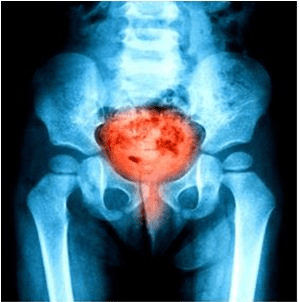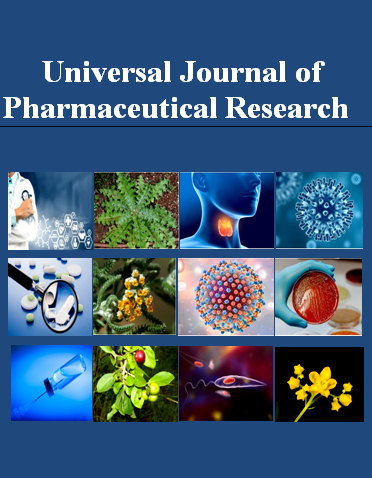URINARY TRACT INFECTIONS IN POST OPERATIVE PATIENTS: PREVALENCE RATE, BACTERIAL PROFILE, ANTIBIOTIC SENSITIVITY AND SPECIFIC RISK FACTORS
Keywords:
antibiotics, Catheter associated Urinary tract infections, drug resistance, post operative UTI, POUTI, Sana’a City, YemenAbstract
Background and objective: Urinary tract infections (UTIs) are the most common minor complication after operations, mostly due to bladder catheterization that used routinely during operations. This investigation seeks to determine prevalence rate, bacterial features, antibiotic sensitivity and risk factors for urinary tract infection in postoperative patients in tertiary hospitals in Sana’a, Yemen.
Methods: This prospective analysis included 390 patients undergoing surgery between 2017 and 2018 at Al-Thawra Hospital. The study includes 258 male and 132 female between the ages 5 to 80 years. Clinical and demographic data and factors affecting UTIs were collected in the standard questionnaire, and the sample was obtained after catheter removal; or, in patients with a clinical indication of continuous catheterization, a sample was obtained after the replacement of a new catheter. The samples were cultured, examined for significant possible bacterial pathogens, isolated and identified by standard laboratory techniques, and microbial sensitivity testing was carried out by disc diffusion method. The operative characteristics associated with postoperative UTI were also analysis.
Results: Postoperative UTI (POUTI) occurred in 144/390 (37%), and the predominant post-operative uropathogen was Escherichia coli (34%), followed by Pseudomonas aeruginosa 1(27%) and Staphylococcus coagulase negative (16.7%). In Gram-negative bacteria, high resistance to ampicillin (95%), nalidixic acid (63%), ceftriaxone (68%) and cotrimoxazole (55%) was recorded, while high sensitivity to amikacin (98%) and ciprofloxacin. (84%), cefotaxime (87%), gentamicin (87%) and imipenem (98%). In Gram-positive bacteria, high resistance to penicillin (90%), erythromycin (85%), and amoxicillin (78%) was recorded, while high sensitivity to aztreonam (94%), augmentin (83%), ciprofloxacin (93%), cefotaxime (86%), gentamicin (85%), Rifampicin (100%) and vancomycin (97%). The following characteristics are independently associated with postoperative UTI: female sex (OR 2.1, 95% CI 1.3–3.2), Rubber PTFE catheter (OR 4.7, 95% CI 1.99–11.4), longer duration of catheterization >10 days (OR 4.4, 95% CI 2.3–8.3), overweight (OR 1.7, 95% CI 1.1–2.9), and emergency surgery (OR 1.9, 95% CI 1.2–3.0).
Conclusions: POUTI remains an important problem in our hospitals and what complicates the situation is that all the causative microorganisms are MDR with few treatment options; and several risk factors were independently associated with POUTI.

Peer Review History:
Received 5 April 2020; Revised 12 May; Accepted 27 June; Available online 15 July 2020
Academic Editor: Dr. DANIYAN Oluwatoyin Michael , Obafemi Awolowo University, ILE-IFE, Nigeria, toyinpharm@gmail.com
, Obafemi Awolowo University, ILE-IFE, Nigeria, toyinpharm@gmail.com
Reviewer(s) detail:
Dr. Amany Mohamed Alboghdadly , Princess Nourah bint abdulrahman university, Riyadh, amalbgadley@pnu.edu.sa
, Princess Nourah bint abdulrahman university, Riyadh, amalbgadley@pnu.edu.sa
Dr. A.A. Mgbahurike , University of Port Harcourt, Nigeria, amaka_mgbahurike@yahoo.com
, University of Port Harcourt, Nigeria, amaka_mgbahurike@yahoo.com
Dr. Asia Selman Abdullah , Al-Razi university, Department of Pharmacy, Yemen, asia_abdullah65@yahoo.com
, Al-Razi university, Department of Pharmacy, Yemen, asia_abdullah65@yahoo.com
Downloads

Published
How to Cite
Issue
Section

This work is licensed under a Creative Commons Attribution-NonCommercial 4.0 International License.









 .
.